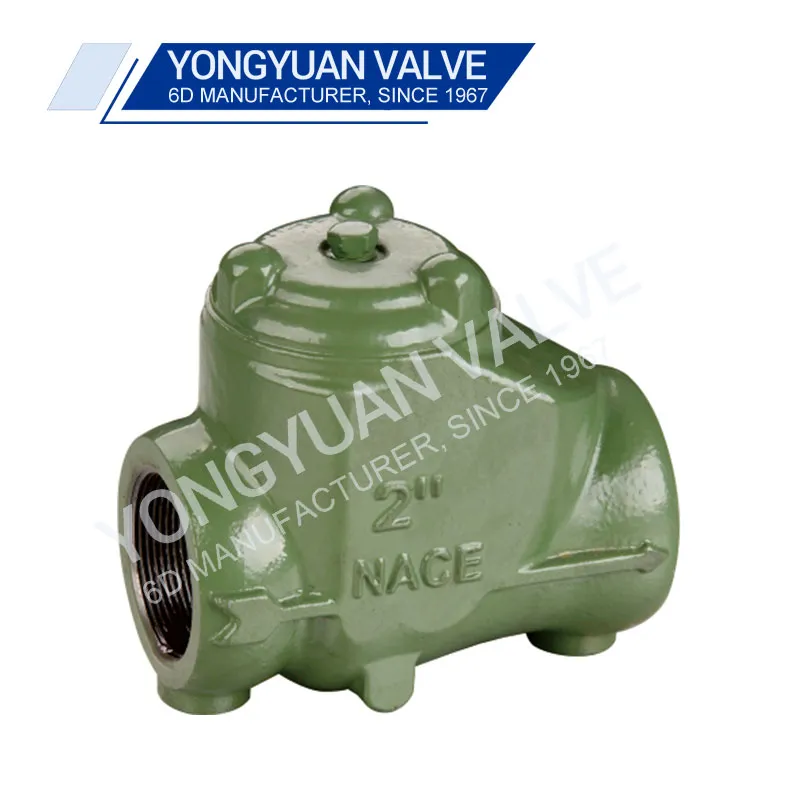What is the difference between a backflow and a check valve?
2024-11-09
Backflow preventers and check valves are both devices designed to allow fluid flow in one direction, but they serve different purposes and are used in different applications. Here’s a breakdown of their differences:

1. Purpose and Use:
- Check Valve: A check valve is primarily designed to prevent reverse flow in a system. It’s often used in water, gas, and oil applications to keep fluids moving in the desired direction without allowing any backward movement, ensuring proper function and efficiency of pumps and systems.
- Backflow Preventer: A backflow preventer also stops reverse flow, but it’s specifically engineered to protect potable (drinkable) water supplies from contamination or pollution caused by backflow. It’s commonly used in plumbing systems where non-potable water sources might come in contact with potable water sources.
2. Design and Complexity:
- Check Valve: Check valves are simpler in design, usually consisting of a single moving part like a disc, ball, or poppet that closes to stop reverse flow when the forward pressure drops. This simplicity makes them more compact, easier to install, and often less expensive.
- Backflow Preventer: A backflow preventer is more complex and typically consists of multiple check valves in a series or a combination of check valves and air gaps. This design ensures double protection, preventing any backflow in situations where there’s a significant drop in pressure or siphoning effect.
3. Types and Applications:
- Check Valve Types: There are several types of check valves, including swing check valves, lift check valves, ball check valves, and in-line check valves. They’re used in pipelines, HVAC systems, and fuel systems to protect equipment.
- Backflow Preventer Types: Backflow preventers include devices like Reduced Pressure Zone (RPZ) assemblies, Double Check Valve assemblies, and Pressure Vacuum Breakers. These devices are required by plumbing codes in situations where contamination could occur, like in irrigation systems, fire sprinkler systems, and commercial establishments.
4. Regulatory Requirements:
- Check Valve: Typically, there aren’t strict regulatory requirements governing the installation of check valves.
- Backflow Preventer: Backflow preventers are often required by plumbing codes and regulations, especially in public water systems, and they must be inspected and tested regularly to ensure they are functioning properly.
5. Maintenance Needs:
- Check Valve: Minimal maintenance is required for check valves, given their simple construction.
- Backflow Preventer: Backflow preventers require regular testing, inspection, and maintenance to comply with health and safety regulations, especially in systems that protect drinking water supplies.
In summary, a check valve prevents reverse flow for the purpose of system efficiency, whereas a backflow preventer is specifically designed to protect drinking water from contamination, meeting stringent safety and regulatory standards.


